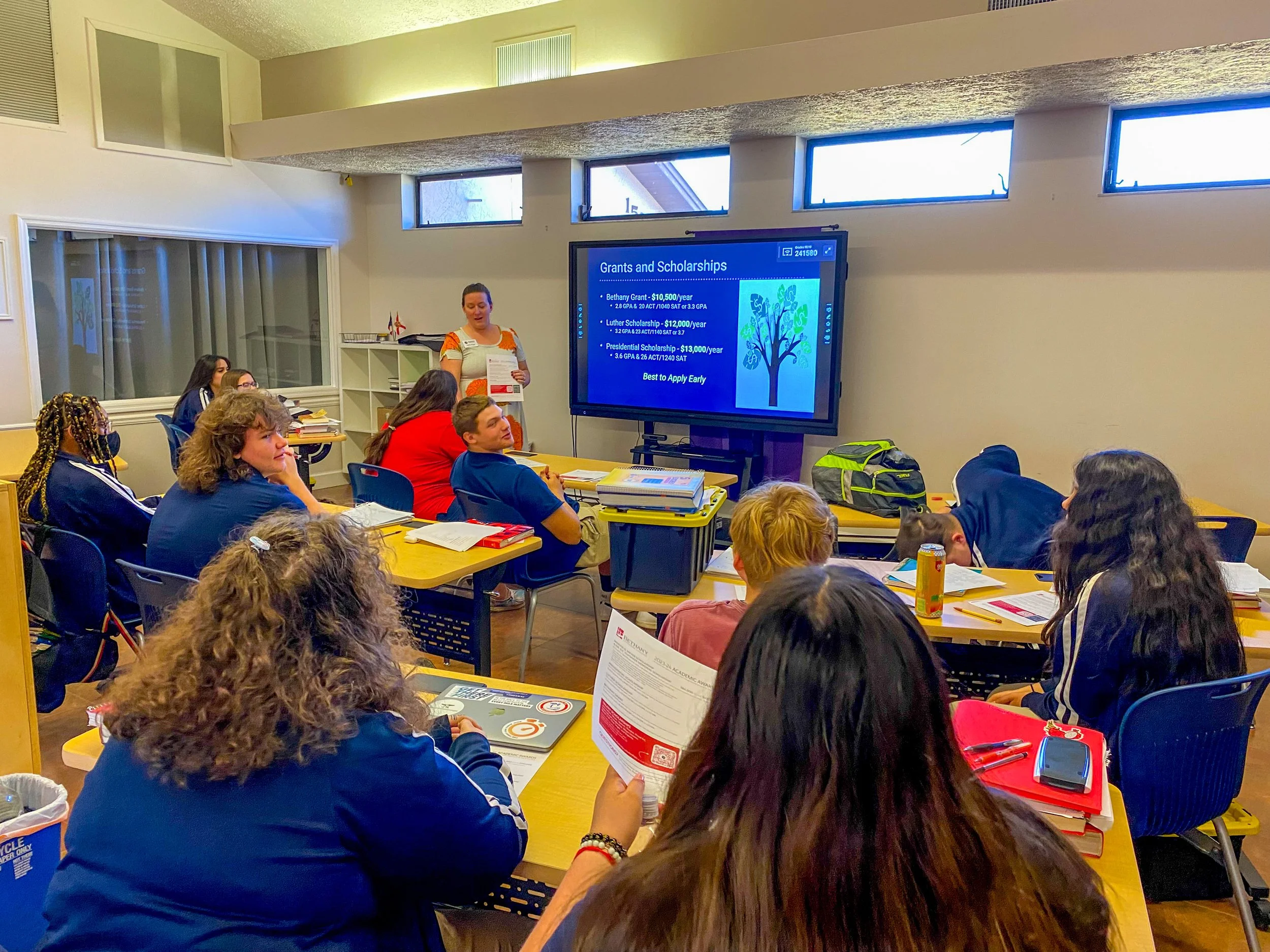The 7 Laws (Rules) of Learning
There’s a fine little book written by John Milton Gregory in the 19th Century, called The 7 Laws of Teaching. The contents are in line with the teaching practices of classical education, but the title bears a little explanation. The Scientific Revolution saw a common recognition that the universe and human life operate according to discernible laws, like the Law of Gravitation. John Gregory sought to summarize a similar universal truth, which will always remain true.
Gregory’s book is easy to find on the Internet. I was surprised to discover that there is no similar book that teaches the “Laws” or principles of learning as well. After all, a teacher’s craft is useless unless there is a student to teach. Moreover, a warm body does not automatically qualify as a student. That is to say, there is a craft of learning that corresponds to the craft of teaching. When these are pursued in tandem, great things can happen. When one is neglected, there is bound to be disappointment.
So I set out to draft some “Laws of Learning” that correspond with Gregory’s Laws of Teaching. We might prefer these days not to use the word law for this, so the reader has my permission to substitute something like “rules” or “principles.” Out of respect and a sense of coordination with Gregory’s work, I have retained the use of the word law. These are not civic laws, nor moral laws. Like Gregory’s, they are more comparable to the Law of Gravitation. And they are certainly subject to revision, improvement, or adjustment to particular circumstances, as you will see.
We begin with the Laws of Learning stated as generalized principles.
The principle of responsibility, desire, or motivation
The principle of reflection or self-awareness
The principle of regard or attention
The principle of reason
The principle of reason’s restraints or limits
The principle of repetition or review
The principle of reckoning or recall
Each principle states something that should concern the learner. Some relate to the tasks of a teacher, yet the learner’s responsibility can make the difference between failure, moderate success, or high achievement. Rather than explaining each of these principles here, I will illustrate them by recasting them into a form of rules that are worded for a learner of grammar. (See the post, What Is Classical Education?) Because our first example of learning rules is aimed at learners who are in the grammar or elementary stage of learning, they are intentionally simple. For example, Principles 4 and 5 above are combined into rule 4.
Your job is to learn new things.
Ask your teacher after the lesson when you still don’t understand something new.
Think about the new things you are learning, not other stuff.
Check if you are learning things that fit together with what you already know. If they don’t fit, ask your parents or your teacher about them.
Do all of the exercises and practice that your teacher gives you. If you need more practice, you can ask your teacher to give you some to do at home.
Challenge yourself to remember the important things you learn by telling or writing about them from memory.
Comparing these rules to the general principles above, the discerning reader can see that the former list illustrates the latter by putting it into practice. It is likely that some things are left out of this list, which a teacher would like a student to do. They could be added as a local variant. The wording could also be adjusted for the age and comprehension of the learners. These are probably aimed at learners in the 2nd or 3rd grade, but could be applied from first through sixth. Younger learners might find even these rules too abstract, and may need something more simple.
Here is another example of the general principles recast into rules for learners. This time, the rules are aimed at students in the logic, rhetoric, or dialectic stages of learning. Rather than simplifying the principles in application, these rules expand upon them.
Approach the learning task with a desire to know and understand more than you currently do.
Find the limits of your understanding and communicate them to your teacher.
(Respect your teacher, confirm what is taught, and ask questions when this is not possible.)Focus your attention on the frontiers of your knowledge. These may be found through the teacher’s instruction (including media), your own senses, and your mind.
Where possible, use reason to judge the correctness and truth of ideas both new and old. Pursue certainty that your understanding is correct in these areas:
Terminology or vocabulary, consistently understood in a given context within the bounds of acceptable general usage.
(Consider both signification and supposition.)Statements of fact as they express relations between terms.
(Consider both quality & quantity in subject and predicate.)The claims that may or may not be warranted by multiple statements of fact.
Check your reasoning against foundational truths as well as empirical perception. Let your teacher support you. Keep in mind the limitations of each kind of knowledge.
Use repetition to deepen your understanding and confidence.
Study trustworthy expressions of knowledge until you can repeat them from memory.
Practice using new terms in your own speaking and writing.
Construct your own statements of fact concerning what you are learning.
Discuss the validity and truth of your statements and those of others in your class.
Attempt to persuade others and invite persuasion by others.
Study by producing important points from memory and checking your accuracy. Flash cards work well for this. So do friends in a study group.
As opportunity permits, we will have subsequent posts that explore the individual principles in more depth. We will also begin a dialogue about them with the goal of explaining and even refining these principles for the benefit of each individual student and the learning task in a Christian school or a Christian household.
